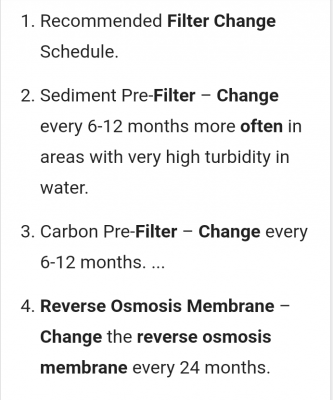If you check now even 1st page, so many people with RO water and 0 TDS water talking about GHA and inital tank algae phases.
I personally have 0 algae issues so far and no initial algae problems (Except a bit of diatoms my snails took care of in 2 days)
I think my trick was the DIY Algae scrubber.
not arguing with you, but your algae scrubber is your hair algae. You’ve created a more habitable environment via the scrubber, keeping it out of the display. That’s the idea though.
I have long maintained algae has nothing to do with water quality and everything to do with presence of herbivores and/or scrubbers/refugium (if they’re working). I e allowed my phosphates and nitrates up well over 50 ppm and 0.4 ppm respectively. No refugium, no scrubber. Without a spec of algae. The power of an efficient herbivore crew will do more for display algae elimination than anything will in my experience.
my use of RODI is not for cleanliness, but to have a manageable DKH as well as reduce the level of impurities and metals in as simple and easy a way as possible.



















